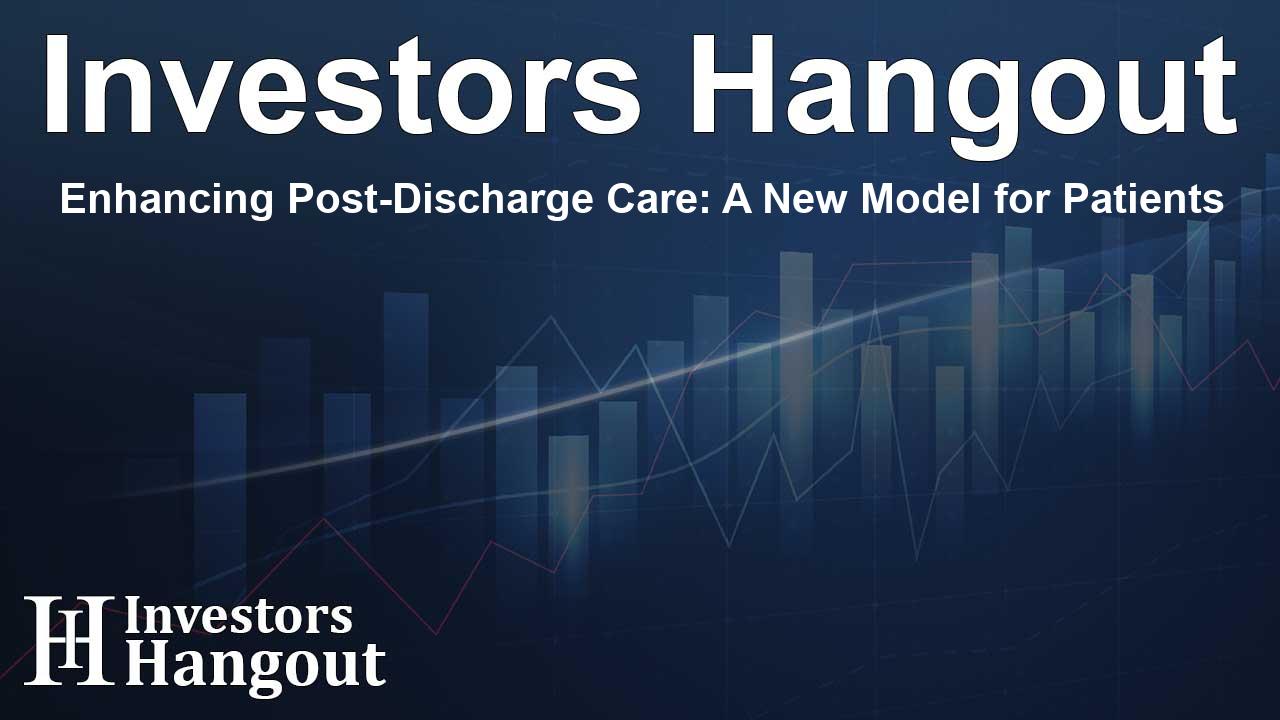Understanding the Dangers of Drowsy Driving and Its Impact

Understanding the Dangers of Drowsy Driving
Recent studies have unveiled alarming trends related to drowsy driving behaviors among Americans. As we approach Drowsy Driving Prevention Week, it is crucial to recognize the serious implications of drowsy driving on road safety.
The Current State of Drowsy Driving
Research indicates that only 40% of American adults consider alternatives to driving when they are sleep-deprived. In contrast, 70% acknowledge the risks of driving after consuming alcoholic beverages. This disparity highlights a pressing need for increased awareness regarding the dangers of drowsy driving, which can be just as hazardous as drunk driving.
Understanding the Risks
Drowsy driving is categorized as impaired driving and is responsible for a significant number of traffic accidents. Studies show that approximately 20% of fatal motor vehicle crashes can be attributed to drowsy drivers. Additionally, over 300,000 police-reported incidents and approximately 6,400 deaths annually occur due to drowsy driving in the U.S. alone.
Survey Insights from American Drivers
The National Sleep Foundation's survey on drowsy driving reveals that around 60% of adult drivers have admitted to operating a vehicle while extremely tired, suggesting a critical public health issue. Among teenagers, one in six has reported driving drowsy within their first two years of earning a driver's license.
Drowsy Driving Prevention Week
The Drowsy Driving Prevention Week campaign serves as a platform to educate individuals on the importance of adequate rest before getting behind the wheel. The National Sleep Foundation encourages everyone to prioritize sleep and consider alternatives to avoid drowsy driving situations.
Essential Tips to Prevent Drowsy Driving
To combat the risks associated with drowsy driving, here are several preventative measures you can take:
- Ensure you are well-rested before driving. Aim for 7-9 hours of sleep per night for adults, and 8-10 hours for teenagers.
- Travel with a companion who can help monitor your alertness and step in if needed.
- Schedule breaks during long trips, ideally every 100 miles or two hours.
- Be aware of early signs of drowsiness which may include frequent yawning, blinking, or difficulty maintaining lane control.
Expert Advice
Experts from the National Sleep Foundation stress that it’s as vital to be awake in the driver's seat as it is not to be under the influence of alcohol or drugs. Awareness and proactive measures can make a substantial difference in road safety for everyone.
Conclusion
As we promote Drowsy Driving Prevention Week, it is essential to remember that prioritizing sleep is not only beneficial for your health but critical for the safety of all road users. Ensuring you are well-rested can lead to a more alert and safe driving experience.
Frequently Asked Questions
What is the primary cause of drowsy driving?
The main cause of drowsy driving is a lack of adequate sleep, which can impair a driver's ability to focus and react quickly on the road.
How can I tell if I am too tired to drive?
Signs of drowsiness include frequent yawning, difficulty keeping your eyes open, and trouble staying in your lane.
What steps can I take to prevent drowsy driving?
Preventative measures include ensuring you get enough sleep, taking regular breaks during long trips, and traveling with a companion.
Are there statistics on drowsy driving accidents?
Yes, drowsy driving contributes to one out of every five fatal crashes, along with thousands of injuries and fatalities each year.
What should I do if I feel drowsy while driving?
If you feel drowsy while driving, it's crucial to find a safe place to stop, take a break, and rest before continuing your journey.
About Investors Hangout
Investors Hangout is a leading online stock forum for financial discussion and learning, offering a wide range of free tools and resources. It draws in traders of all levels, who exchange market knowledge, investigate trading tactics, and keep an eye on industry developments in real time. Featuring financial articles, stock message boards, quotes, charts, company profiles, and live news updates. Through cooperative learning and a wealth of informational resources, it helps users from novices creating their first portfolios to experts honing their techniques. Join Investors Hangout today: https://investorshangout.com/
Disclaimer: The content of this article is solely for general informational purposes only; it does not represent legal, financial, or investment advice. Investors Hangout does not offer financial advice; the author is not a licensed financial advisor. Consult a qualified advisor before making any financial or investment decisions based on this article. The author's interpretation of publicly available data shapes the opinions presented here; as a result, they should not be taken as advice to purchase, sell, or hold any securities mentioned or any other investments. The author does not guarantee the accuracy, completeness, or timeliness of any material, providing it "as is." Information and market conditions may change; past performance is not indicative of future outcomes. If any of the material offered here is inaccurate, please contact us for corrections.









